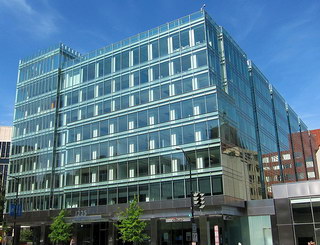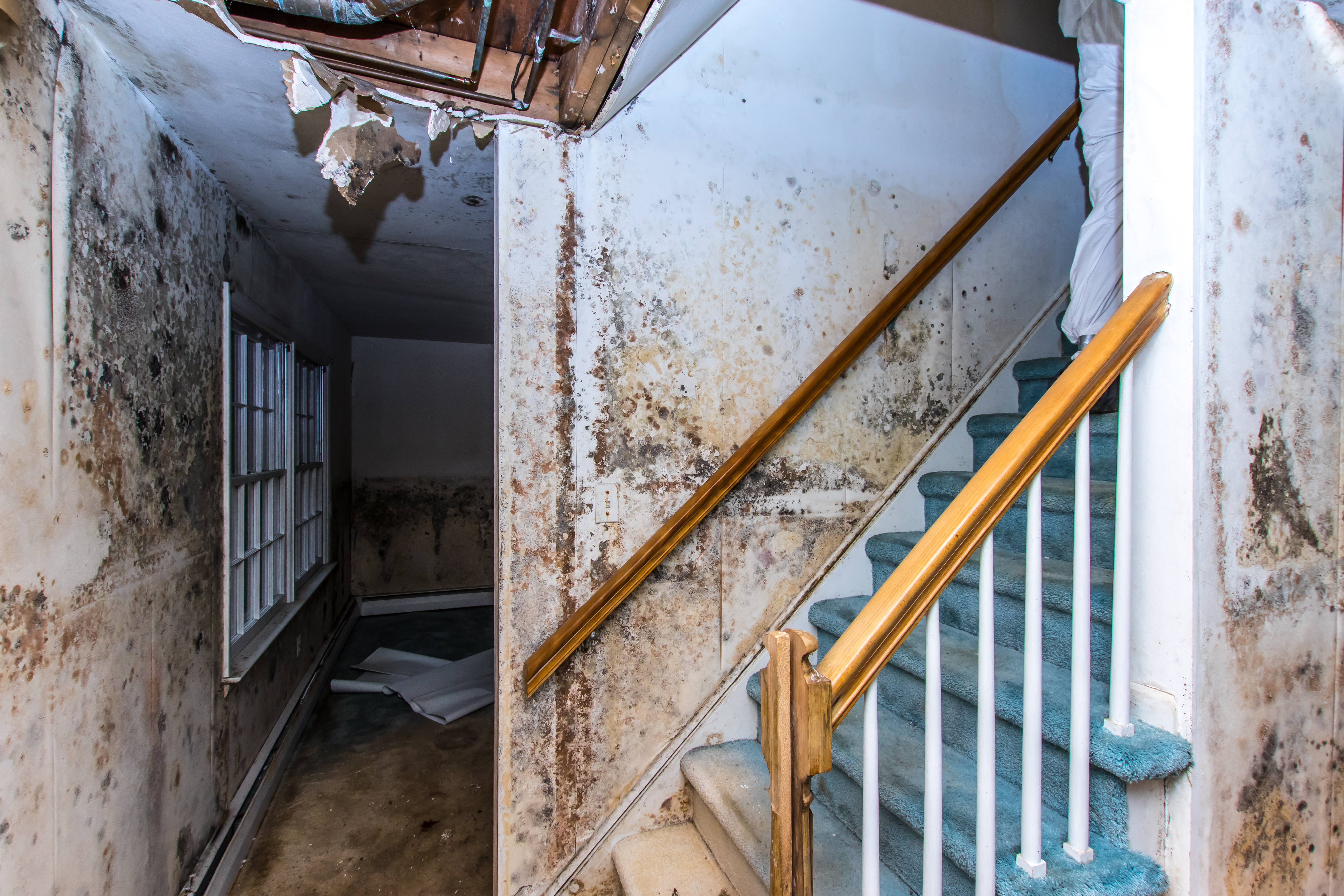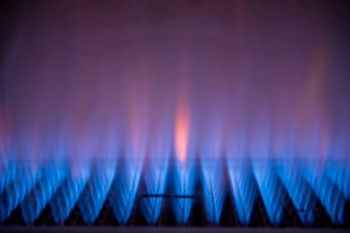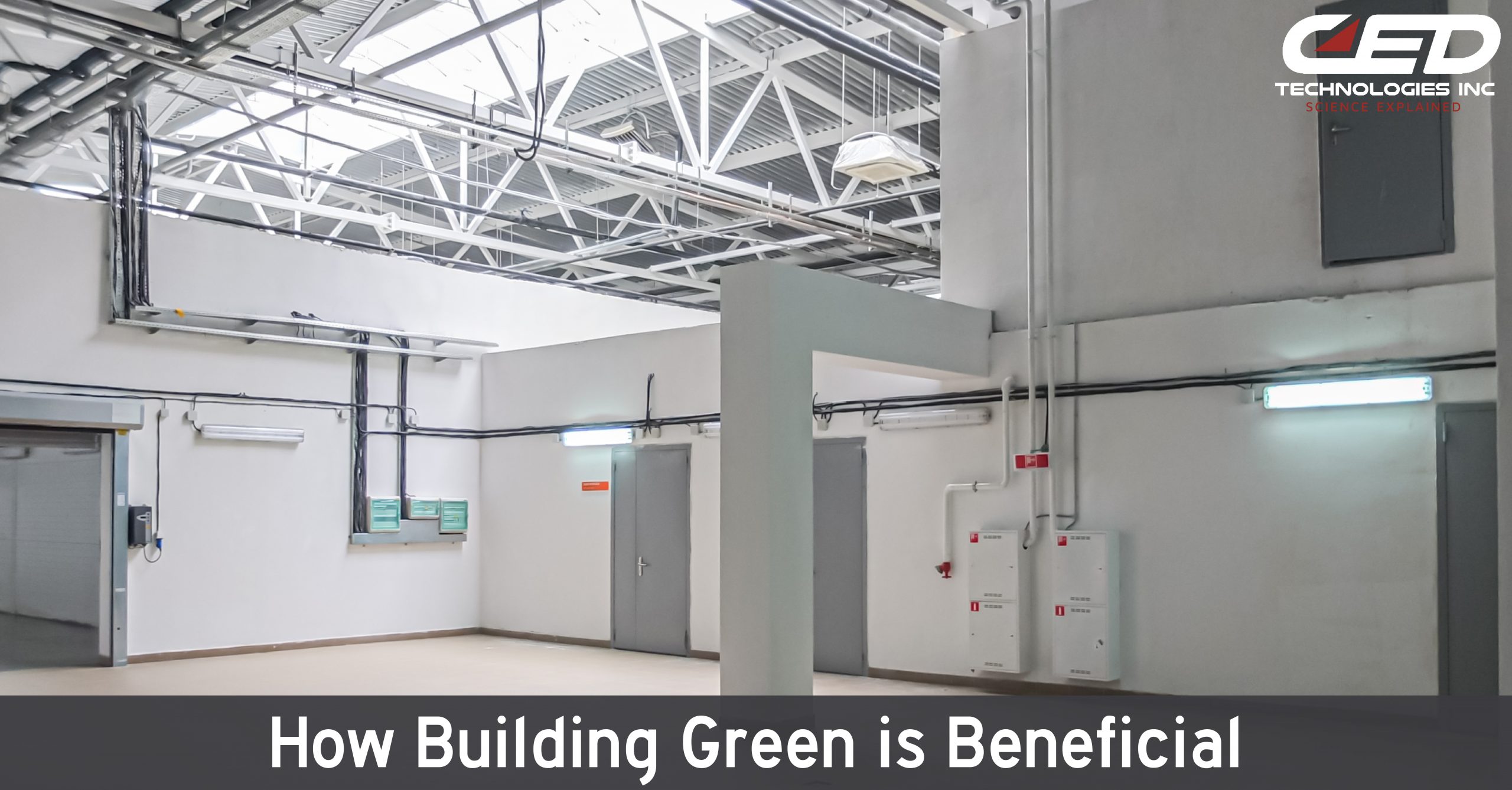Due to recent soaring oil prices and mishaps such as the British Petroleum disaster, there has been a renewed interest in energy conservation and alternative fuel sources. Actually, the construction industry has been implementing new technologies and ways to construct and remodel structures that are energy efficient for decades. One such initiative started in 1993 by the Natural Resources Defense Council and later by the U.S. Green Building Council (USGBC) is called LEED “Leadership in Energy and Environmental Design.” LEED is an internationally recognized green building certification system providing verification that a building or structure was designed and built using strategies aimed at improving performance across all metrics that matter most such as: energy savings, water efficiency, CO2 emissions reduction, improved indoor quality and stewardship of resources.
LEED, which initially started out as a rating system for just one category of new commercial buildings in 2006, has over five different rating systems today:
1. Green Building Design & Construction – New Construction, Major Renovations, Core & Shell Development, Schools, New Retail Construction
2. Green Interior Design & Construction – Commercial Interiors, Retail Interiors
3. Green Building Operations & Maintenance – Existing Buildings Operations and Maintenance
4. Green Neighborhood Development
5. Green Home Design and Construction
Within each of these categories there are a possible 100 base points to be obtained, with an additional 6 points for innovation in design and 4 points for regional priority. Buildings can qualify for four levels of certification:
- Certified 40-49 points
- Silver 50-59 points
- Gold 60-79 points
- Platinum 80 points and above
So why is LEED important to forensic engineering and how could such a company be a powerful asset? Agencies such as state and federal governments are giving incentives and tax breaks for LEED certified buildings. For example, the city of Cincinnati is giving an automatic 100% real property tax exemption for newly constructed LEED certified buildings and the State of Nevada exempts LEED construction materials from local taxes. The problems in LEED arise when a construction company is contracted to build or remodel a structure that is LEED certified and in fact it isn’t. After the building is completed or partially finished, the developer finds out that the materials and design are not LEED compliant and they lose their LEED rating costing thousands if not millions. This typically leads to litigation to determine if indeed the structure is or is not LEED compliant and this is where CED can help.
CED Civil Engineers are LEED certified and have the training and education to understand the issues of a LEED construction. These engineers can review the contracts to see exactly what materials and processes were specified and then perform a site inspection to verify materials and design to provide an expert opinion as to the LEED certification.
Although LEED is fairly new to the construction industry, the growth and interest in energy efficiency and alternative energy is going to catapult this rating system — and adherence to it — into the heart of the construction industry arena. Insurers and attorneys facing disputes of the LEED initiative are going to need a skilled expert who can provide expert testimony to help with their case.






